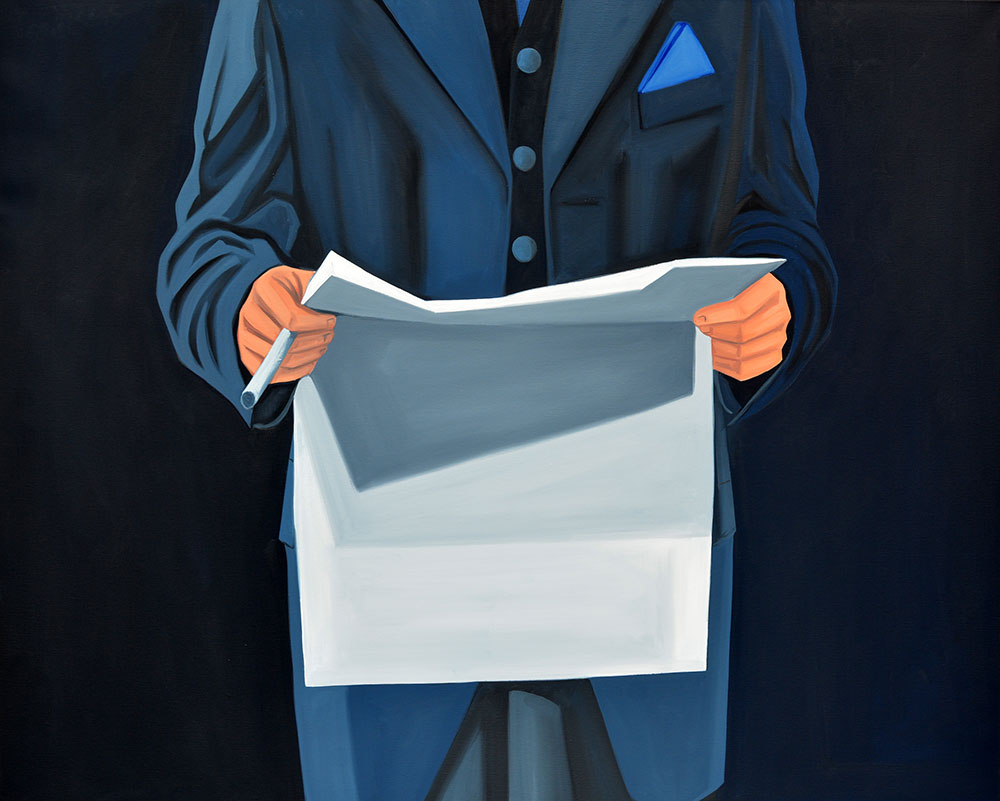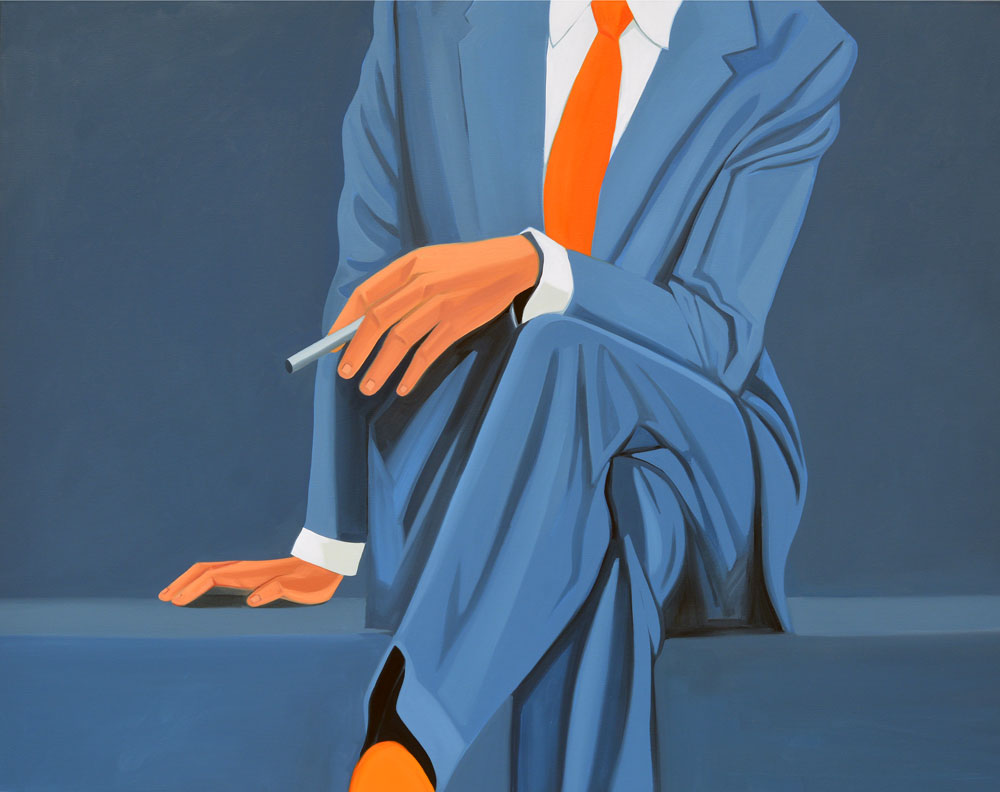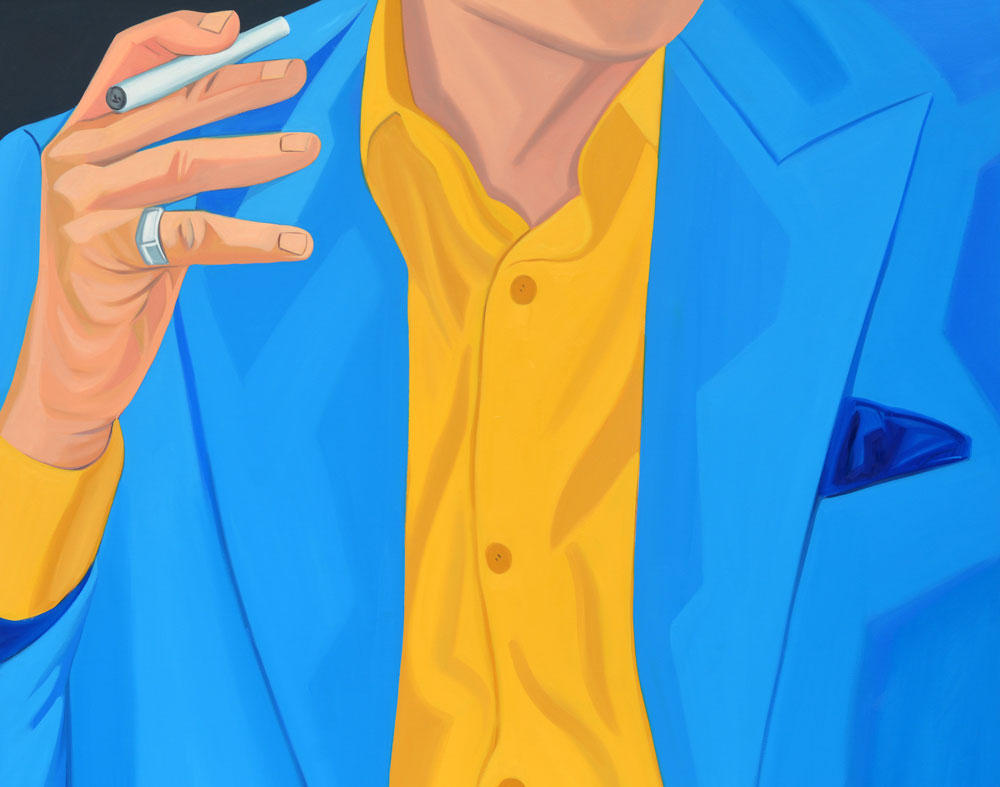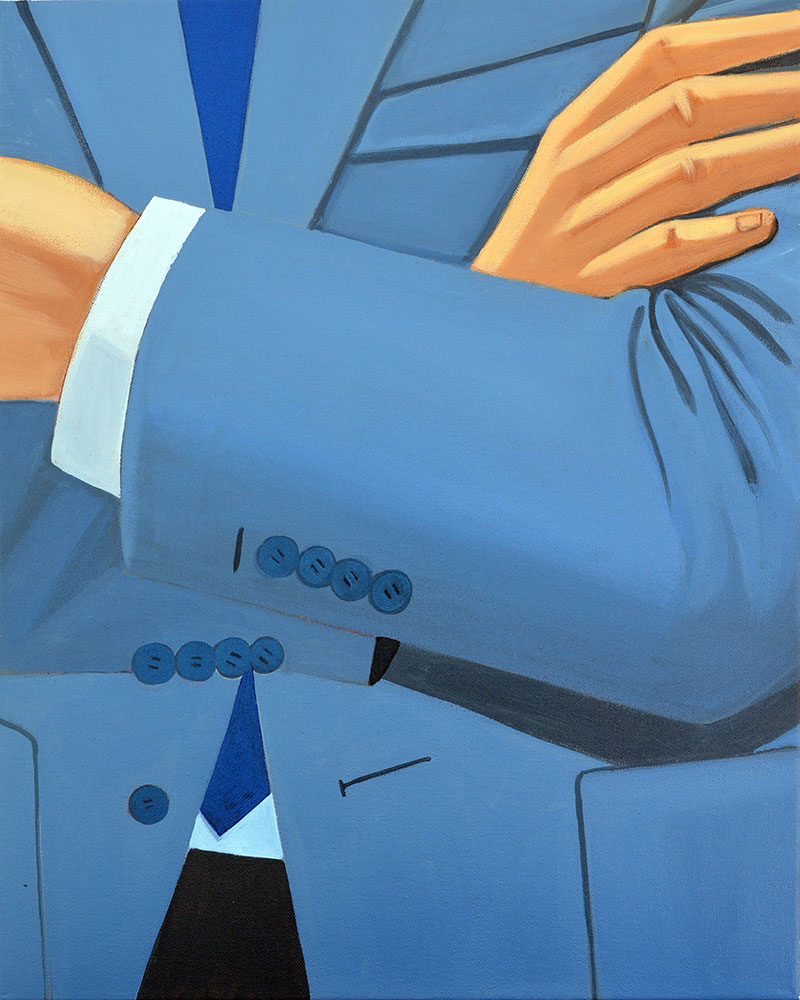Darwin Estacio Martinez is a contemporary artist born in 1982, in Manzanillo, Cuba. He is graduated from The Professional Academy of Fine Arts “El Alba” in Holguin, Cuba, and holds a Bachelor Degree of Fine Arts from the Higher Institute of Arts in Havana.
Born: Granma, Cuba
Now: Roswell, New Mexico, United States
@darwinestaciomartinez | www.darwinestacioart.com
INTERVIEW
You confidently walked the path of studying art, and now you combine an artist’s activity with teaching as a professor at the National Fine Arts Academy (San Alejandro). Was it a conscious choice or a family tradition to study art?
I do not come from a family of artists, my father was a professor of philosophy, and my mother made a living as a seamstress, my first influences were always cartoons and my natural inclination for drawing.
Later I knew that Art was something that could be studied and dedicated all the time, as a job, so after I managed to complete my art studies, both at the middle and higher level, I had the good fortune to start working as an art teacher at The National Fine Arts Academy “San Alejandro”, and combining my artistic career with pedagogy was really something I was passionate about.
Let’s continue the topic of teaching. You became a professor at the National Fine Arts Academy (San Alejandro) in 2007 and continued to teach for another 12 years. How has teaching affected your vision of art and the visual transmission of your ideas through your work? After all, this is a whole science of interacting with students and viewers only visually, without interfering in the transfer of interpretation and motives.
Working as an art teacher certainly helps to be more open to different trends and styles, different ways of understanding art, when one teaches, at least I think so, one should not impose a vision, but rather help students find their own paths. And that gives you the perspective of understanding art as a space to share ideas and grow by adding experiences, even if one only wants to develop only one vision of art, at least it makes us more aware of the value of all the different perspectives and that is enriching.

Darwin, tell me what influenced the formation of your style and what inspires you to create works? What are your paintings about?
I come from an artistic pedagogy well influenced by conceptualism and art called committed to reality, and although it was a very strong formation, the tendency is to react against the established precepts of art, no matter what they are, Then what was an interesting and controversial vision at the time, over time became fashionable, and as it is obvious the new generations seek to react to this, my painting went from being abstract and conceptual to a painting, let’s say figurative and simple, simple and minimal I began to be interested in cinema and narrative, without falling into the literal, I think that there are in visible and recognizable things an ineffable mystery, reality is full of content even without us being aware of that, my paintings are like fragments of reality, perhaps because reality is just that:
Fragments, even the simplest and flattest gestures can be seen as full of meaning, especially when the context such as Cuba is highly politicized and controlled.

Tell us about your activities as an artist in Cuba. In your opinion, are there any differences between the way artists live, work and participate in exhibitions in your country and in others? What is it like to be an artist in Cuba? What do you think?
Being an artist in Cuba had at a certain moment the advantage of having enough time to devote to the practice of Art, for no one is a secret that in communist countries you do not live under the same convulsive and fast dynamics of advanced societies, that explains why of course there is no development from the economic point of view, nothing really work fine, there is a well-known joke in Cuba that says that in communist society workers pretend to work, and the government pretends to pay them, so the result is this kind of static and mediocre society that tends strongly to corruption at all levels, and to the deformation of society, But for artists that relaxed time together with a certain inertia allows us to focus on the constant practice of art, although it is worth noting that due to this situation of poverty and lack of development in the long term it ends up affecting the mentality and performance of your practice.
It is fascinating to know about your experience of participating in group exhibitions and group shows abroad. How often have you been to the openings, and could you communicate with the participants and visitors. What are the key moments you remember?
Regarding showing the work, the government has galleries and a cultural system that allows a certain degree of recognition, but of course if the artistic projection does not go against its policies, it allows a certain level of freedom but that it does not attack or put at risk the cultural or political statutes of the State. That is, to put it plainly, there is no freedom of expression. Perhaps the recognition that Cuban art has obtained internationally is because artists to express themselves must develop a metalanguage a cryptic code, far-fetched, effective in circumventing censorship. In my case I think that certainly all this situation has influenced my work and has led me to see my work beyond the limits imposed by the national context, has led me to wonder about the universal validity of my work.

I also wanted to know about participation in the Biennale with a solo exhibition and a lot of participation in group shows. Share with readers about these events.
Certainly I have been able to participate in a certain number of shows outside Cuba, due to the sincere work of some art promoters from abroad, gallerists and collectors who promote the work of artists, I have not been able to be in all the places where my work has been, only in the United States, which is where I currently reside, and the possibility of dialoguing with the public from other contexts is very interesting the different perspective and enriches the knowledge that one has about art, I think it is something absolutely positive.

We often ask interviewees for tips for aspiring artists. Looking back on your years of experience as a teacher and artist, what advice would you give?
I think that the main thing in art is the desire to always continue despite the contingencies and obstacles, to continue developing what one does little by little to the extent of the possibilities and never to think that we are less worse or better artists than anyone else, art is something to share and not to compete.
One is the measure of oneself, Always study, read, and learn is very important and develop an open perspective towards other styles and trends, in the end everything can be useful, although the work that one is doing is not perhaps successful at this time, it does not mean that it has no value, many times that is the least important, no artist is better or worse for being famous or not. The most important thing is to feel good about what we do.